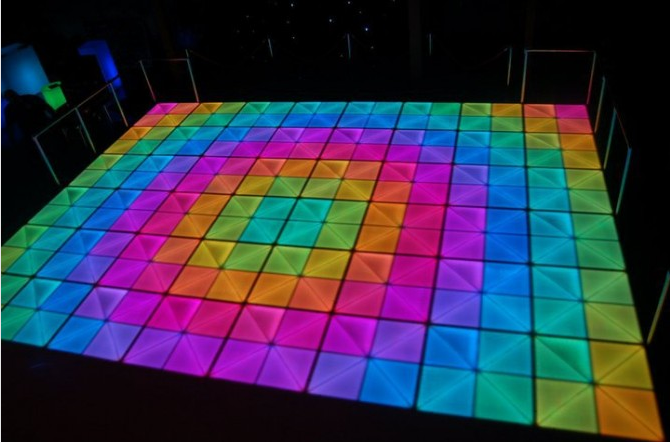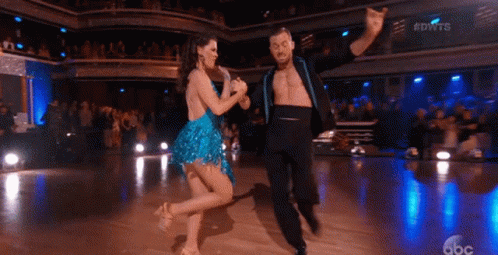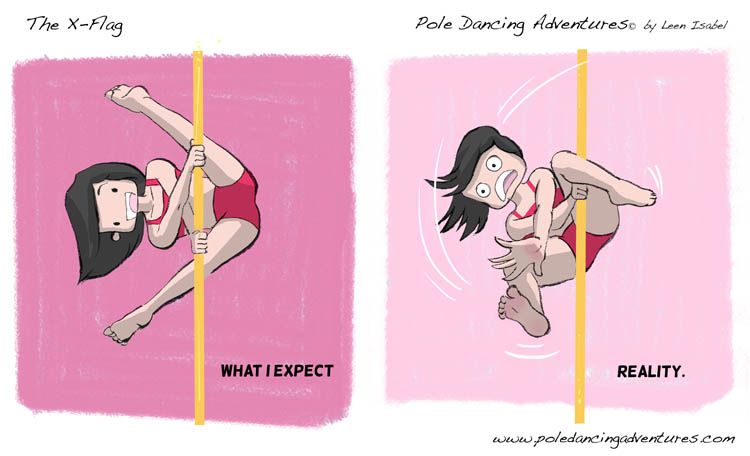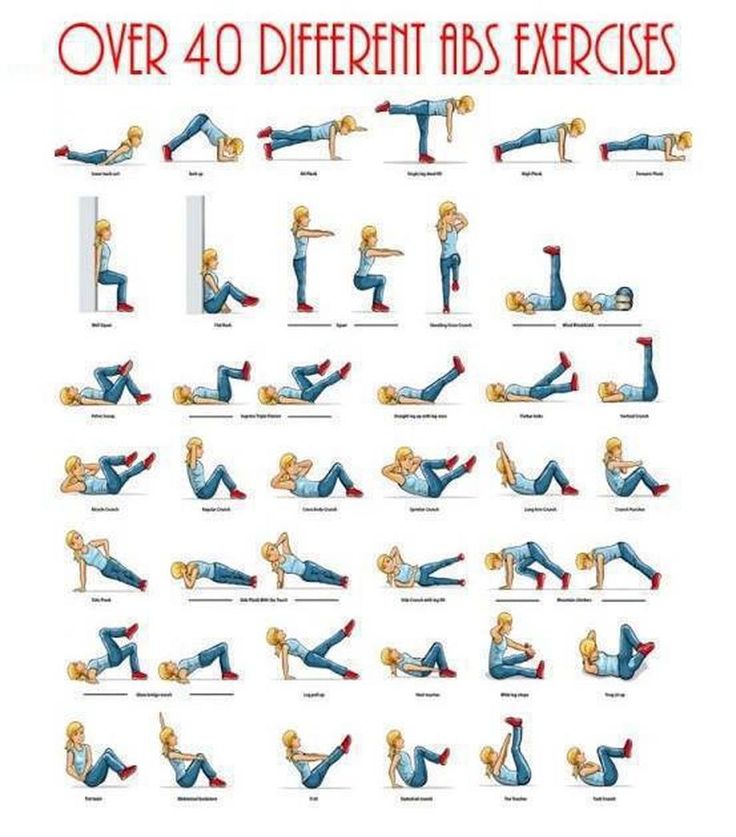How to practice ballroom dancing on your own
A Detailed Guide To Practice Ballroom dancing
Practicing between your Ballroom dance lessons is the single most important thing you should be doing if you want to improve.
In fact, I believe it is more important to practice than to take lots of lessons.
Why? Because in the lessons is where GET NEW information/knowledge, but it is only during your Ballroom dance practice that you can RETAIN what you have been learning.
I often hear from my members that they can’t remember their moves, retain techniques, or execute all the dances they have been learning. And then I realize it’s usually because they only take lessons – they don’t practice much.
Big mistake… You can potentially spend lots of hours and money on Ballroom dancing and not get anywhere without consistent practice.
So let’s say you are sold on the idea of practice, what do you do?
The majority of people have no idea how to practice their dancing effectively and make the best use of their time.
No worries I was in your position. As a professional Dancesport competitor I was constantly trying to analyze the best way to practice my own techniques/routines. I wanted to craft a perfect practice – one that gets results. A practice I can feel steady improvement from.
I am happy to say that after countless of hours of trying things out, together with advice from the top dance teachers in the world, I finally narrowed down one system of practicing that I currently use myself to practice with my wife, Kim. And I am happy to share it below. Now, you may not be a competitive dancer, but that doesn’t matter. Any social dancer can use this system to practice and improve their dancing.
The following system can get quite complicated. I will give you the basic idea, but you can alter it in any way to suit your needs and time frame.
Ballroom dance practice system overview:
Step #1. Choose subjects: 2-3 subjects you want to improve.
Step #2. Divide the time: Allocate the time to work on each subject.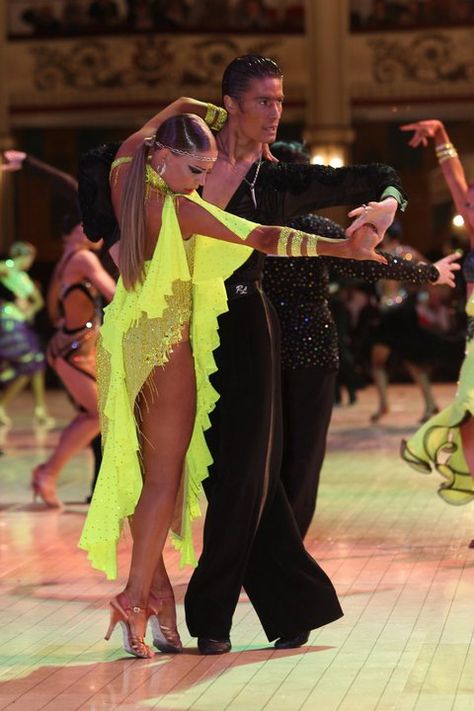
Step #3. Make a weekly schedule
Let’s look at each one now.
Step 1: Choose 2-3 subjects
Everything starts with what you want to actually improve.
When I use the word “subjects”, I am referring to specific performance, technique, Routine elements you want to focus on in your practice.
Here are some examples of subjects to choose from:
– Keep the Rhythm/Timing in every step
– Sharper leg action
– Fuller hip movement
– Awareness of posture
– Arm movement coordinated with my leg action
– Use of frame to lead
– Listening to the partner’s lead
– Be able to transition between the 7 moves I know in Salsa
– Use the standing leg to push into the next step
– Awareness of my partner
– [For Showcase] Eye contact with audience
– [For Competition] Create big volume in my body
As you can see it can be anything. So what do you want to get better at?
You want to look at your weak points that need work. Is there something your teacher is repeatedly on your case about? That could be a good subject to focus on. You can always consult with a teacher about this.
You can always consult with a teacher about this.
Take a piece of paper and write down 3 subjects right now. Now take each of the subjects and make them as specific as possible.
For example: I want to stay on time in cha cha by stretching counts “1” and “3” longer.
Another example: I want to listen to my partner’s lead and react faster to the direction changes that he leads me into.
Last example: I want to make sure that my arm movements are always related to what my legs are doing in Rumba – So that my arms are coordinated with the entire body.
I hope this is becoming more clear. Basically come up with 2-3 subjects you want to work on for the next little while (2-4 months).
Note, you can even pick specific subjects depending on the dance…
For example, if you have been struggling with dropping your posture and frame only in Waltz, your subject for the Waltz can be something like: “I want to create a better posture by constantly stretching my spine up during the Waltz”.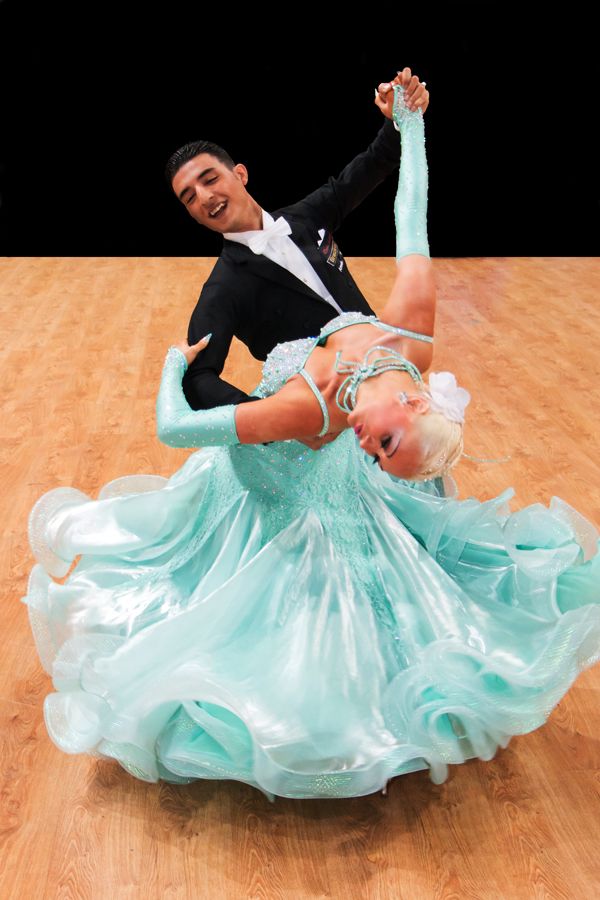
Okay now that you have your subjects let’s move on.
Step 2: Allocate the practice time
Okay you got your 3 subjects, now let’s figure out how to actually practice them.
Most people make the mistake of trying to work on ALL 3 subjects at the same time. Unfortunately our brains are not that good at multitasking and often time you will just confuse yourself without actually getting anything done. You need to focus on 1 subject at a time to make any real progress.
We will look more in depth into how to structure a weekly practice in the next section, but for right now let’s just assume that every time you practice, you will do 45 minutes. It can also be 60 minutes, 1.5 hours, or whatever you want… that is up to you. So for our example, you will practice for 45 minutes. Divide it into 3, 15-minute sections and assign each subject to a 15-minute slot.
Here is an example:
1st 15 minutes: Focus on turning out my feet in Rumba moves 1-5 or a routine you may have.
2nd 15 minutes: Focus on rise and fall in all the moves in Waltz.
3rd 15 minutes: Really listen to the music and stay on time during my Foxtrot basic steps.
So for 15 minutes you are just doing 1 thing only. Use a timer to let yourself know when the time is up. As soon as the timer ends, switch into the next subject.
It will take time in the beginning to be able to focus on just 1 subject, but if you do this, I promise you will see results. As you practice you will catch yourself, as do I sometimes, starting to drift into another subject – but you need to practice self-control and stay focused on the task at hand. I can’t stress this enough, you need to stay with one subject for a whole 10, 15 or 20 minutes so that your body will get the necessary repetition it needs to develop muscle memory.
Since Ballroom and Latin dancing has so many elements, you need to practice them all, but NOT AT THE SAME TIME.
Within those 15 minutes you will have the time to go deep into improving THAT ONE SUBJECT.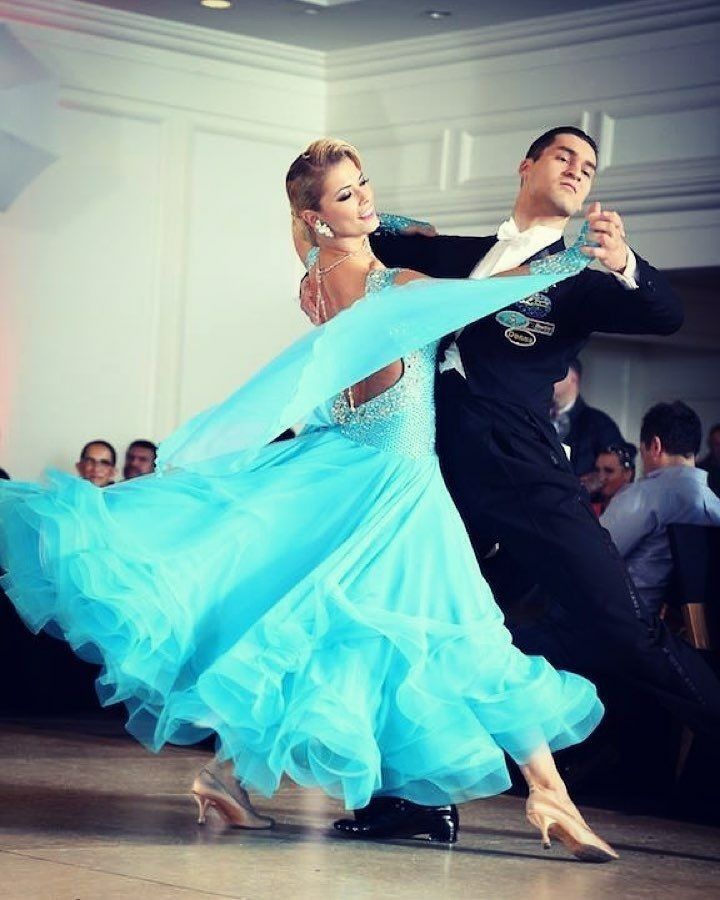 Start by dancing to music, then slow down… Do the movements with different speeds all the while only trying to work on that one thing (your subject). Don’t do a lot of talking, just try to feel your body doing the right things over and over again.
Start by dancing to music, then slow down… Do the movements with different speeds all the while only trying to work on that one thing (your subject). Don’t do a lot of talking, just try to feel your body doing the right things over and over again.
Step 3: Weekly schedule
So now it’s time to put the above steps into a weekly schedule.
You want to create a sort of plan that you can follow every week. Usually you’d want to go through each dance every week at least once. But this greatly depends on how often you practice. So if it takes you 2-3 weeks to go through each of your dances, this is okay too.
Rather than get too wordy, here is an example of a weekly schedule that you can copy and modify:
Let’s assume the following:
– You practice on 3 days: Mondays, Wednesdays and Fridays.
– You are focusing on these 3 dances this week: Cha Cha, Salsa, Foxtrot.
– The 3 general subjects are: Posture, Timing/Rhythm, Leg action.
– And you can practice for 45 minutes per day.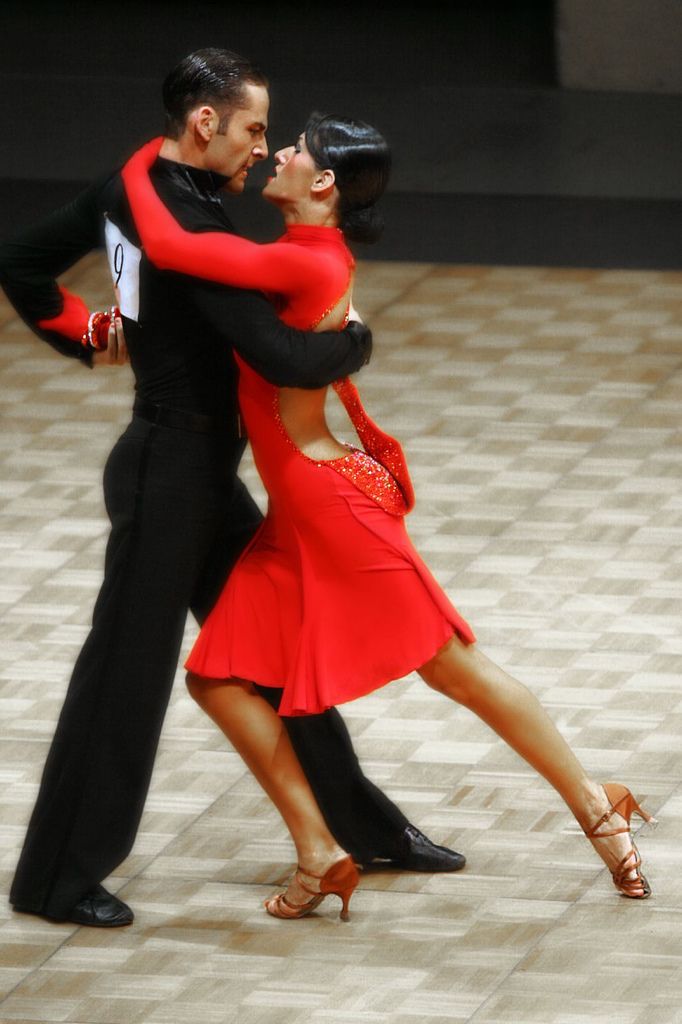
So what you can do is on each day do 1 dance with all 3 subjects.
Here is a rough plan:
Day 1 Monday – Cha Cha
Cha Cha 1st 15 minutes: Work on posture
Cha Cha 2nd 15 minutes: Timing/Rhythm
Cha Cha 3rd 15 minutes: Leg action
Day 2 Wednsday – Salsa
Salsa 1st 15 minutes: Work on posture
Salsa 2nd 15 minutes: Timing/Rhythm
Salsa 3rd 15 minutes: Leg action
Day 2 Friday – Foxtrot
Foxtrot 1st 15 minutes: Work on posture
Foxtrot 2nd 15 minutes: Timing/Rhythm
Foxtrot 3rd 15 minutes: Leg action
Notice I am using the same subjects for each dance – but you can do different subjects depending on the dance too. This is just an example and again you should modify it to your needs. For instance, you may want to only work on 2 subjects per day and then use the last 15 minutes to just go through all the dances for memory sake. That is okay too.
Or you may want to do 10 minutes per subject and do more dances per day – it’s all good. You can get creative and make a plan that works for you.
You can get creative and make a plan that works for you.
My personal Ballroom dance practice with Kim started off quite complex, and over time we simplified… We figured out that for us doing less subjects for longer time was more beneficial. We also found out that I needed my own subjects and she wanted to work on different subjects for herself. So yes, you can do the same dance and same moves and work on completely different things!
At the end of the day – just having some plan can make all the difference. So next time you go to your studio, take a few minutes to make a plan before you start dancing. Best of all, you can do this with a partner or solo. That’s right you don’t need a partner to practice and improve your dancing with this system.
I hope you found this guide useful and that you will actually implement it in some way.
If you have any questions please leave a comment below and I’d be happy to answer.
Related:
How to find a dance partner
Best dances to learn
Should you teach your partner
The best kind of teacher
Ballroom Basic dance steps for beginners
Maximizing Value From Your Private Ballroom Dance Lessons
Let’s face it, Ballroom dancing can be an expensive hobby, especially when talking about private lessons.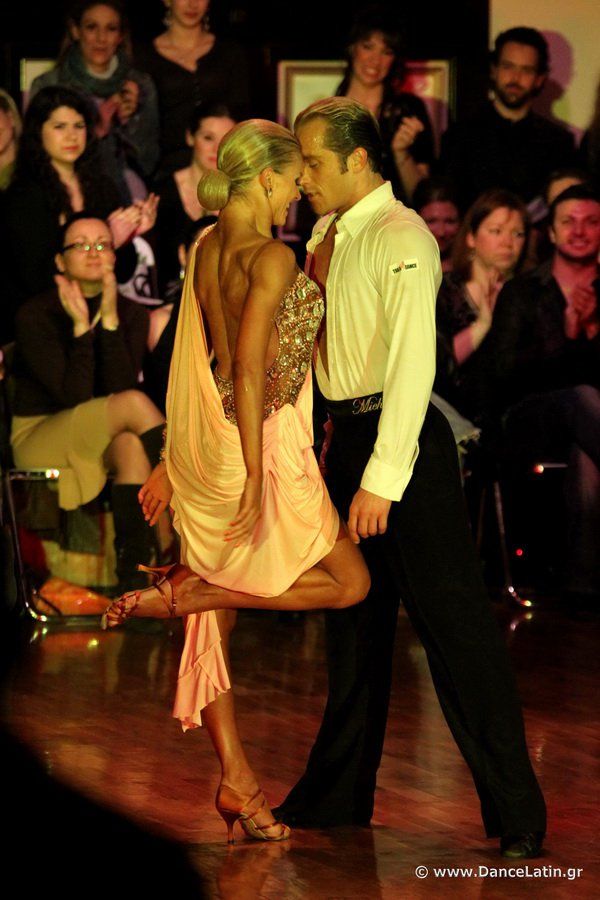 Making you ask the question are private dance lessons worth it?
Making you ask the question are private dance lessons worth it?
What is The C
ost of Ballroom Dance Lessons?The cost of ballroom dance lessons ranges from $45-$110 (these are just an average, some private dance lessons may cost more or less) for just one private lesson depending on the ballroom dance studio you take lessons from.
At these prices most people want to gain the most value possible. There are a few things that you can do to increase the value of your private ballroom dance lessons.
How To Get The Most Value From Your Private Ballroom Dance Lessons
In order to get the most value from your private ballroom dance lessons, you need to make sure that you are taking advantage of the other classes and practice sessions that your studio offers, such as group sessions and practice parties. The more often you dance and practice the better you will get.
Keep reading and I’ll break down all the things that you can do to gain value from your ballroom lessons and advance faster in your dancing.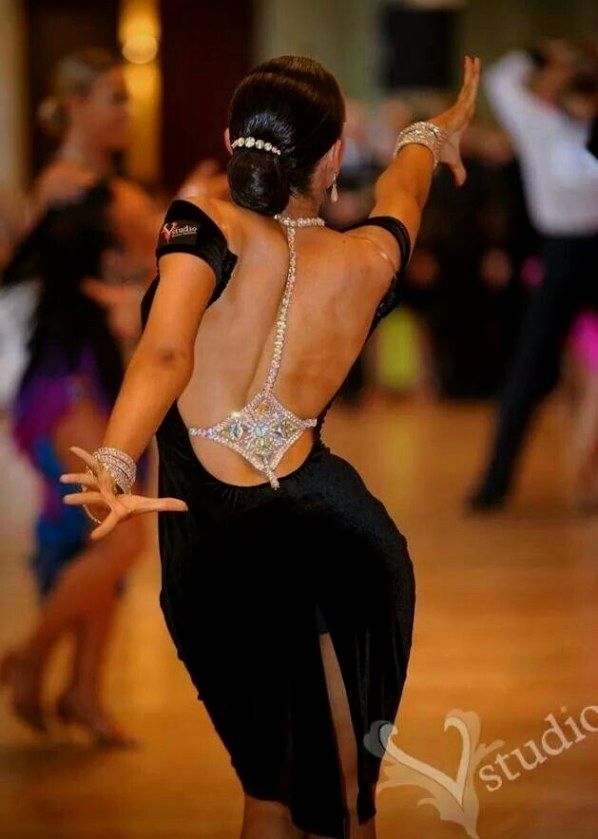
Group ballroom dance lessons are a great place to learn the patterns and footwork that you need to give your dancing more variety. A group class is one dance instructor with anywhere from 1-20+ students. These classes are designed to teach to the middle of the group and will show you how to do a few patterns either from one dance or more.
Group classes are not designed to teach you specifically how to make the move your own, or really delve into lead and follow.
Some classes are technique based, meaning they will focus more on how to dance the pattern to fit with the dance and the music. Such as introducing rise and fall in the waltz, or hip movement in the Latin dances.
There are also styling classes that teach you how to style the steps or patterns. Group classes are also a great way to meet other students that share your hobby. A lot of my students usually know the best places to go out dancing, so make sure to get to know your fellow students.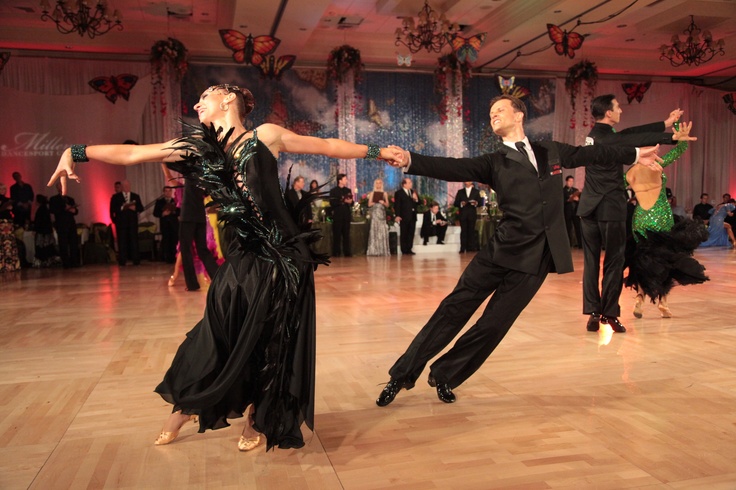
Your private ballroom dance lessons are designed just for you. If you have taken advantage of the group classes to work on patterns then your dance teacher can focus on the “how” of dancing not spend time on the “what to dance”. Here on your private lessons, we focus on movement, style, and the technique of the dances.
Make sure you understand what your teacher is asking you to do and if you have any questions make sure to ask them.
Taking notes is a great way to remember what you have covered on your lessons, and taking them while on the lesson ensures that you are taking the notes correctly, while trying to remember later may lead you down the path of practicing the wrong thing.
Attend and Dance at Practice Ballroom Dance Parties
Most studios have weekly or monthly practice parties and I can’t stress enough how important these are for developing your dancing.
Getting the opportunity to dance on the dancefloor, surrounded by other dancers, moving to the music, and performing your steps over and over is one of the best ways to make progress in your dancing.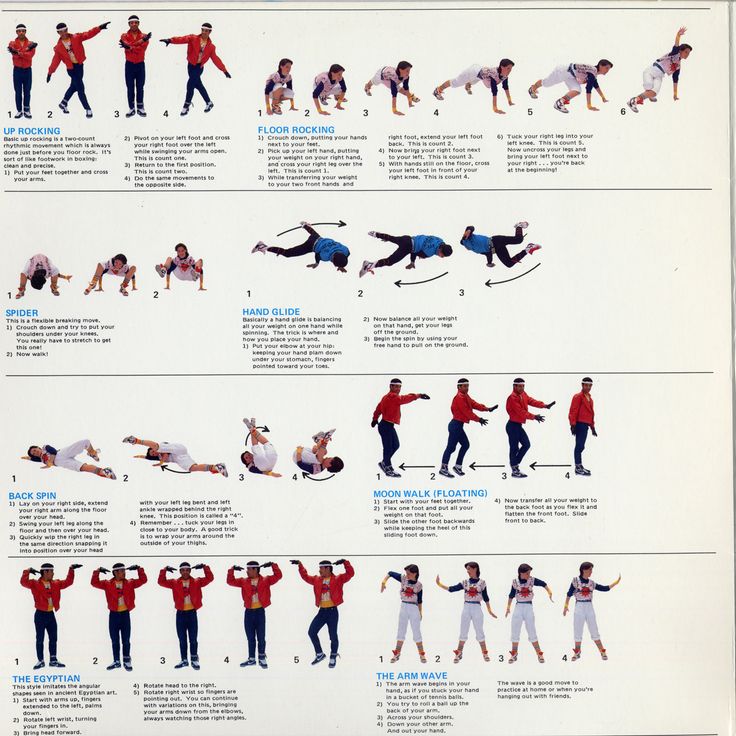
You work on floorcraft, timing, lead/follow, and musicality all at once!
By making sure to dance with a variety of different dancers, which can range from very advanced to a beginner, you know that your dancing will only improve.
Advanced ballroom dancers will challenge your ability to keep up and will generally allow for more freedom of expression. New dancers keep you on your lead/follow toes. Followers have to pay attention to what the new dancer is struggling to lead and leaders have to make sure that they are leading clearly and are easily followed.
If you only dance with your teacher you may very well develop overconfidence in your own ability to lead/follow.
Practice Your Ballroom DancesIn order to get the most value from your dance lessons, you need to practice what you learned o your lesson. For every private lesson, you should spend a minimum of one hour practicing each thing that you learned in your lesson.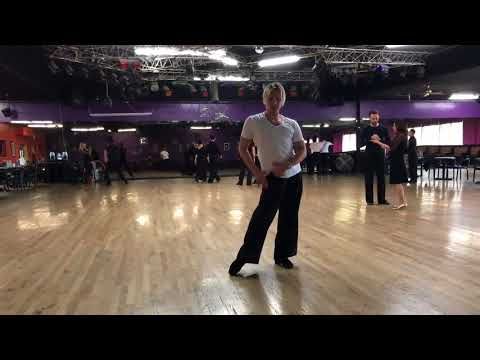
That way when you go back to your lesson your teacher isn’t having to reteach you what you already paid for. Not that we won’t, but it’s your money and if you want the most value you MUST practice. Now that being said, you must practice correctly, so take notes or ask if you can video what you need to practice.
Nothing is worse than practicing something wrong and then having to unlearn it. Remember ballroom dancing is about developing muscle memory which can only be done through repetition.
Just as you see athletes training and running plays before they ever play an actual game, dance is the same way.
Go Out and Dance
Dancing and learning at a studio are awesome, but you also need to get out and dance at other places. Going out to dance allows you to meet and dance with people that probably don’t know the same moves that you do, so it’s like a practice party at the studio on steroids.
There is no one telling you what the dance is, the music isn’t set to a strict tempo and you are forced to develop your floorcraft surrounded by people that don’t ballroom dance.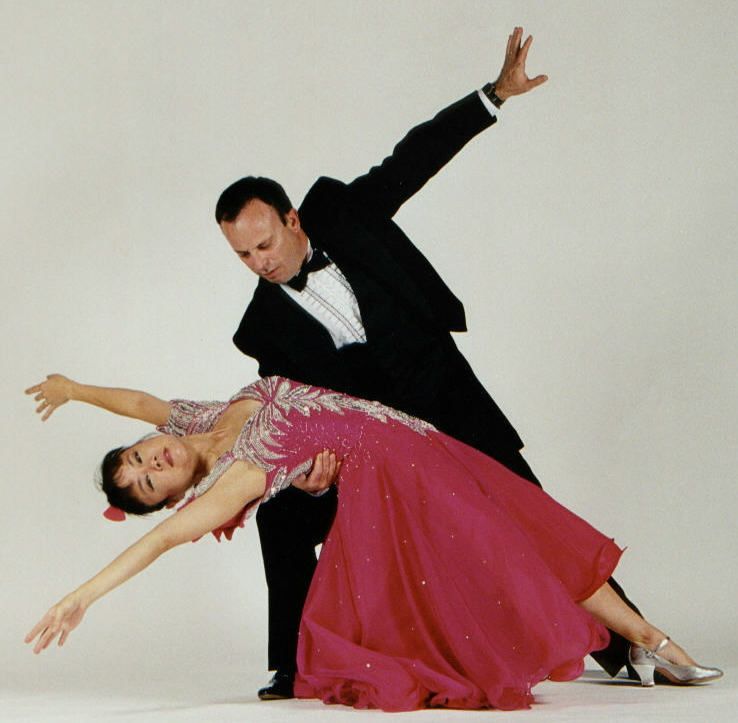 If you want to make progress quickly, please go dance outside the studio parties.
If you want to make progress quickly, please go dance outside the studio parties.
Want to learn to dance better, faster? Make sure to set a dance goal. Signing up for a performance or even a competition will help you reach your dance goals faster and make you a better dancer faster!
Dance School - Balance Club
November 22, 2015
In today's society, the ability to move is important for both women and men. No one wants to stand on the sidelines at a disco or in a club, just because they are afraid to show themselves badly. In order to be able to move beautifully to the music, it is not necessary to attend special dance schools, just a little work out at home .
First, anyone can learn to dance. Just do not restrain yourself, be able to liberate yourself - then the movements will be smooth and easy. This is a big plus of an individual dance lesson - no one criticizes you, does not observe or evaluate you, you choose the music and the atmosphere yourself, therefore you also have no one to be ashamed of.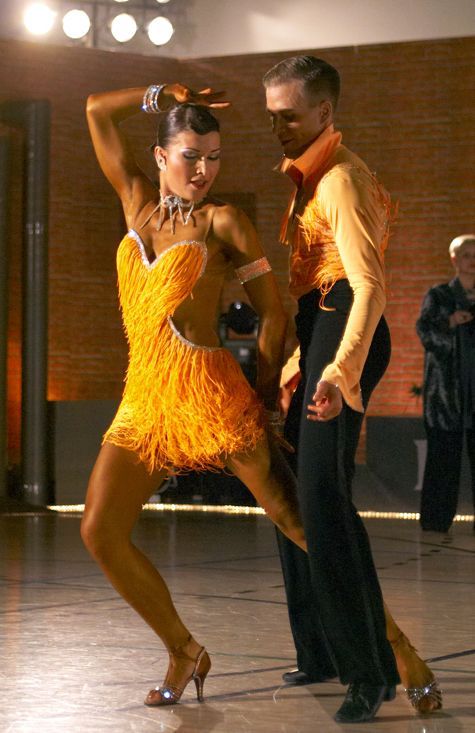 Remember: dancing should give you joy, only in this case you can overcome all difficulties on the way to success! nine0003
Remember: dancing should give you joy, only in this case you can overcome all difficulties on the way to success! nine0003
Make sure you have enough space in the room so that you are not disturbed. Record a playlist with songs separately for warm-up, separately for dance lessons. Prepare comfortable clothes that will not restrict you in your movements. It is better to lay a carpet on the place where you are exercising so that your feet are firmly planted on the surface. There should be a computer in sight if you are going to record special video lessons on it that you will learn from.
Dancing, like any sport, should be done regularly - only then you will get a real result. Any lesson should begin with a warm-up. Start by stretching your neck: press your chin to your chest for a couple of seconds, then tilt your head back, and then to the sides and in a circle. After that, proceed to the shoulders: the arms fit snugly to the body, and the shoulders stretch up, then down. Repeat 10 times.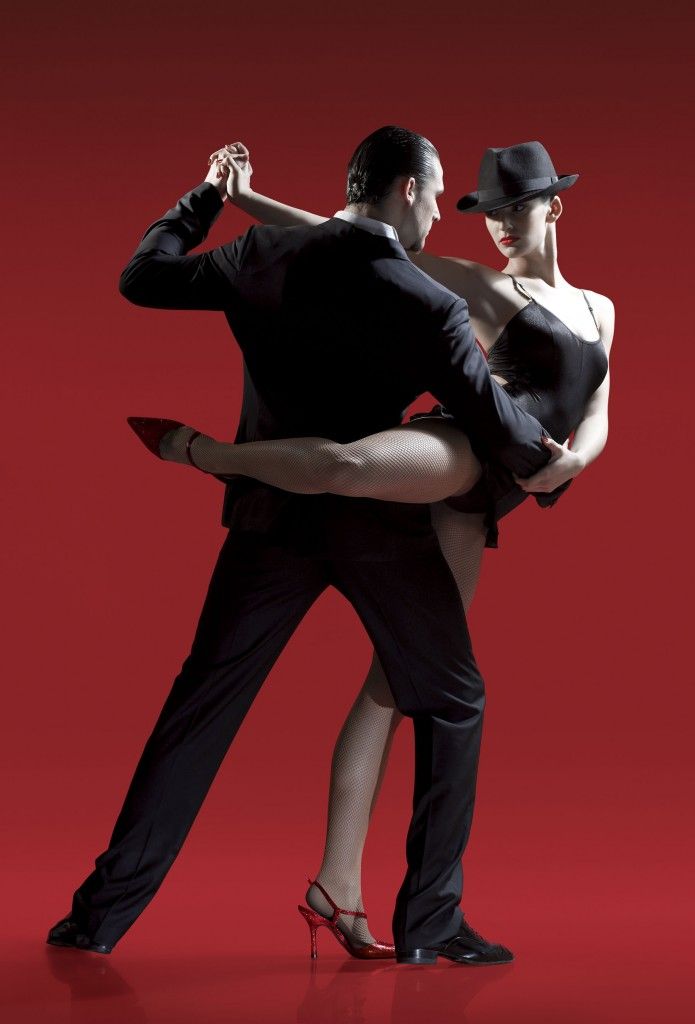 Now slowly turn your shoulders and torso from side to side so that the pelvis remains motionless. Next, stretch your back: do a few tilts to the legs, back and to the sides, then in a circle. After that, you can start stretching your legs: do a few lunges to the side and swing your legs. nine0003
Now slowly turn your shoulders and torso from side to side so that the pelvis remains motionless. Next, stretch your back: do a few tilts to the legs, back and to the sides, then in a circle. After that, you can start stretching your legs: do a few lunges to the side and swing your legs. nine0003
Now you just need to choose an online dance training program. If you just want to move smoothly, then aerobics classes are suitable. Women who want to feel even more beautiful and sexy will love oriental dance, as well as strip plastic. One of the most popular types of both male and female dance is hip-hop dance. This energetic and daring dance is suitable for rap lovers, clubs who prefer loose clothes and are not afraid to stand out from the crowd. nine0003
Go-Go dance style is suitable for girls, club party lovers and those who want to stand out with their plastic and groovy movements. Latin American dances, although they look very beautiful in a pair, are quite suitable for a single performance.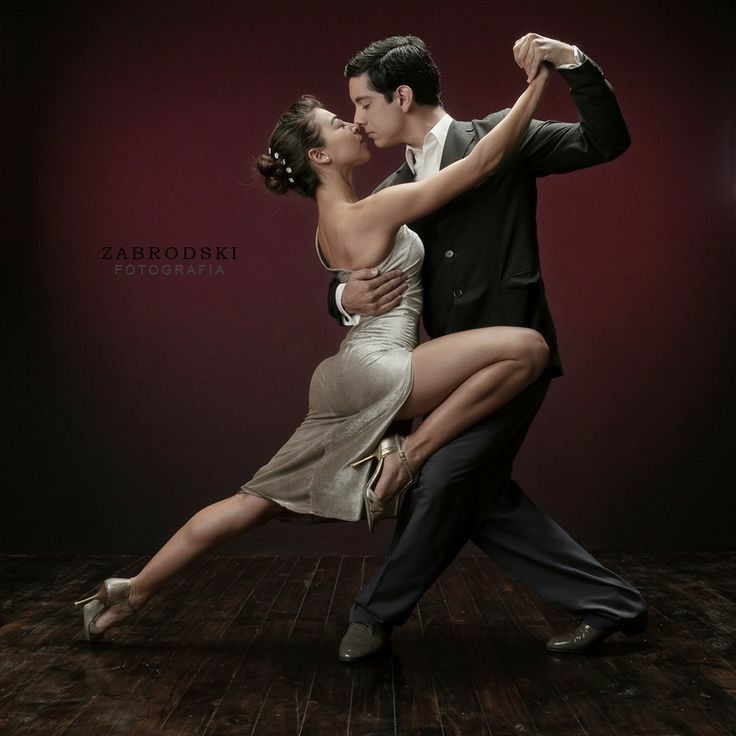 But ballroom dancing of the European standard: tango, waltz, quickstep, foxtrot is better to learn with a partner. Rock and roll is suitable for fans of this style of music, which combines fast tempos, bright costumes, looseness and constant movement, in general, this style is created for energetic people. If you are looking for calmness and relaxation from classes, then we advise you to do yoga. nine0003
But ballroom dancing of the European standard: tango, waltz, quickstep, foxtrot is better to learn with a partner. Rock and roll is suitable for fans of this style of music, which combines fast tempos, bright costumes, looseness and constant movement, in general, this style is created for energetic people. If you are looking for calmness and relaxation from classes, then we advise you to do yoga. nine0003
Now that you have figured out the type of dance, then choose any video program in this direction. There is no need to drive yourself under the frame: improvise, combine styles, choose music - just love this business, and then the question "how to learn to dance" will no longer be relevant, because you will improve every day. If you realize that you want to move from an amateur to a professional level, you can always enroll in a special dance school or hire a teacher. nine0003
How to learn to dance: video tutorials for those who are not afraid to try
January 28, 2017 Likbez Sports and fitness
If you decide to learn how to dance, don't delay. Just repeat after the instructors the basic movements of modern, street, ballroom and social dances.
Just repeat after the instructors the basic movements of modern, street, ballroom and social dances.
Iya Zorina
Author of Lifehacker, athlete, CCM
Answers to the main questions
Is it difficult to learn to dance?
In fact, it is no more difficult than any other business in which you are new. Dance directions are very different from each other. Even if you have mastered one of them, it will be unusual for you to do the other. nine0003
However, all dances are connected with the ability to control one's body. And if this is not new to you (for example, you were engaged in martial arts, gymnastics, swimming, and even more so dancing), it will be easier for you to adapt to new movements than a beginner who is not friendly with his body.
Even if you have a fairly wooden body, you should not despair. The secret of success is constant practice.
Learning to dance from video lessons is more difficult than from courses. If your body is flexible and obedient, you can still do something similar to the movements of the instructor from the video. If not, you can quickly become disillusioned with dancing: the difference between what is shown in the video and what you will see in the mirror will be too strong. nine0003
If your body is flexible and obedient, you can still do something similar to the movements of the instructor from the video. If not, you can quickly become disillusioned with dancing: the difference between what is shown in the video and what you will see in the mirror will be too strong. nine0003
Still worth a try. At least in order to determine the appropriate direction.
How many times a week do you dance?
Muscles may initially ache after exercise. But, unlike strength training or running, the body does not require a recovery period.
Therefore, you can safely practice dancing all the time. One of my teachers said to dance 25 hours a day. In any case, the more you dance, the more noticeable the progress. nine0003
How to learn how to dance modern dances
From this direction we have chosen three types that can often be found in the schedules of fitness clubs and dance schools. And the first - plastic and insanely beautiful contemporary.
Contemporary
Abel M/Flickr.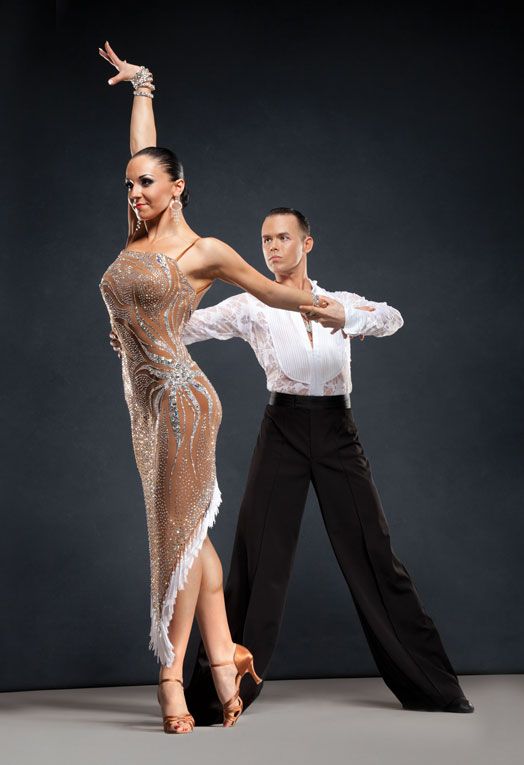 com
com Contemporary combines elements of modern jazz, yoga and martial arts, seasoned with improvisation and attention to breathing. This is freedom and plasticity - the natural beauty of movement.
Here is a clip with a contemporary combination. Give it a try, just be sure to warm up and stretch well before you teach. nine0003
And here is the second part:
By the way, about the warm-up. In the video below - a full lesson with a warm-up, stretching and analysis of the combination. In English, but everything is clear and without translation.
If you don’t have time to repeat or consider how some movement is done, set the speed to 0.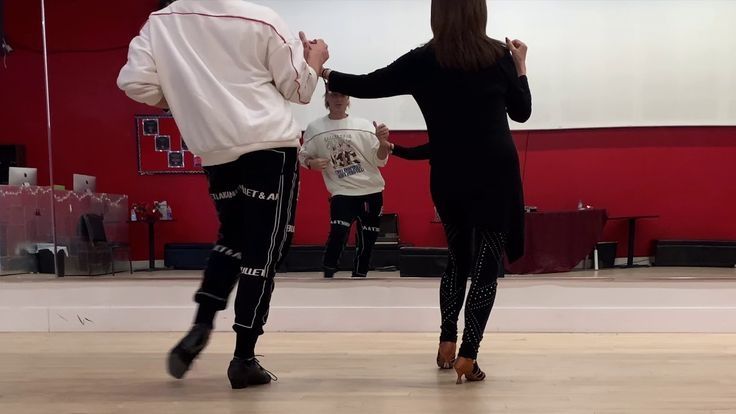 25.
25.
If you like combinations but can't repeat them yet, here are some more videos of routine contemporary lessons.
You will most likely have to do the same in the dance school before you can perform beautiful combinations.
Strip plastic
imperiamarket.byMany people confuse pole exercises and strip plastic. The second is just a sensual dance that can be performed without a pole.
Doing strip plastic, you will not stand at the barre and pull the toe. Everything here is based on the natural sexuality of the female body. Of course, many teachers diversify strip plastic with elements of contemporary or modern, Latin American dances and other areas, but it all depends on the teacher. nine0003
How beautiful your dance will look again depends on how well you know how to control your body, how mobile your joints are and how stretched your muscles and tendons are.
In the video below there is an analysis of the combination. Not too simple, but very sensual and beautiful. And you don't have to move on the floor, so your knees don't get hurt.
And here is a playlist with strip plastic lessons from different dance schools. There are both individual movements and combinations. nine0003
And one more, simpler combination. Try it if the first one doesn't work.
Belly dance (bellydance)
·júbilo·haku·/Flickr.com This is a sensual and beautiful dance that, among other things, helps to develop plasticity and even get rid of some health problems.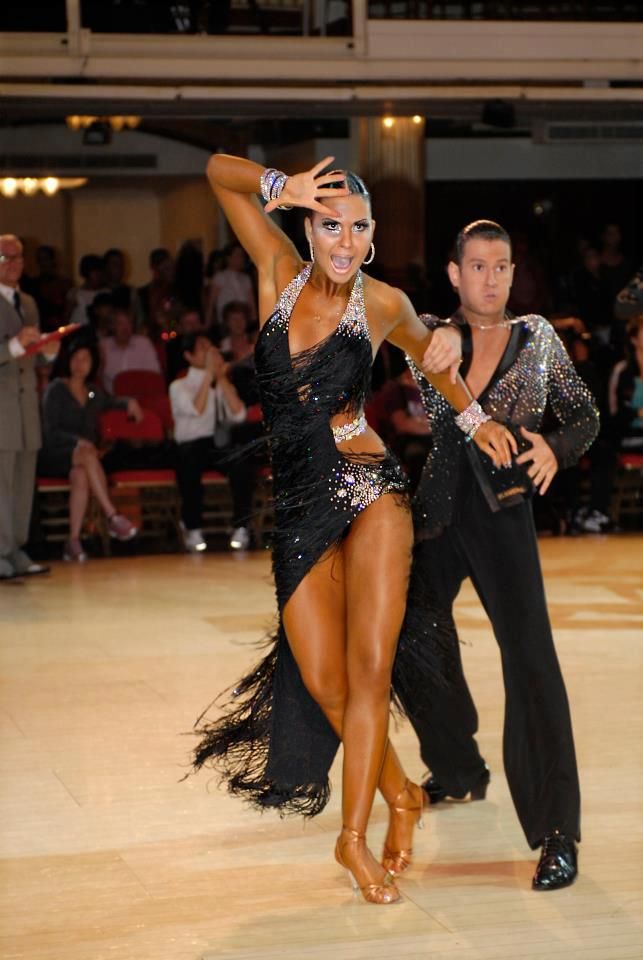
There are a lot of belly dance lessons on YouTube. Below are some of them.
The basic movements are explained very clearly here:
And the second part:
Below is a playlist with five lessons for beginners from another teacher.
How to learn to dance street dancing
Hip-hop
pinterest.comHip-hop has only been around for about 50 years. But during this time, many trends and styles have appeared, with different elements, plasticity, and special features.
In addition, modern hip-hop is often complemented by movements from other dance styles, which provides even richer vocabulary and original combinations.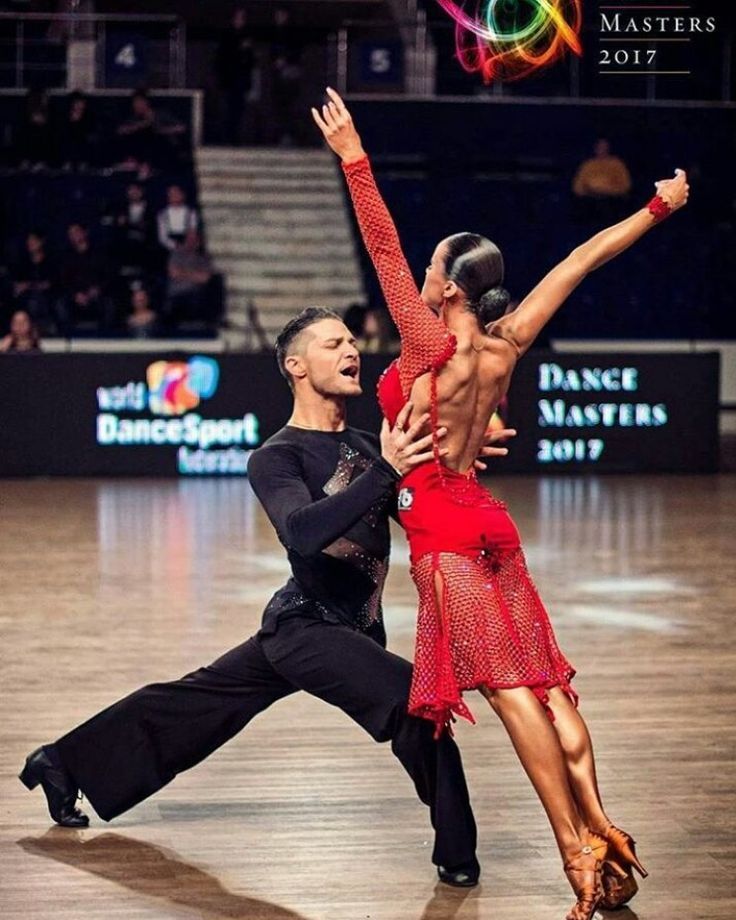 nine0003
nine0003
But before you come up with your own combinations, you need to master the basics. In the playlist below you will find basic moves, steps and many combinations. They explain everything in an accessible way. If you can't make it, slow down the video speed.
The next big playlist videos explain the concepts of inertia, manipulation and isolation in hip-hop. There's also a story about improvisation, battle behavior if you're up for it, and a few variations of ground hip-hop moves (on the floor) to diversify your combinations. nine0003
Breakdancing
Colonne/Flickr.com Breakdancing consists of different elements: tricks and power movements on the floor, waves, fixations, and also changes in the levels at which the dance is performed.
Here on this channel there is training in different styles: Waving, King Tut, Robot, - an analysis of the technique of power elements and basic movements at different levels.
Below is a video detailing the 6 steps element from Footwork.
And here you can see how the "turtle" is performed. nine0003
Here is a voluminous playlist, in which there are quite a lot of breakdance elements with a detailed analysis of the technique of dance and strength elements.
Twerk
Lauren Wood/Flickr. com
com A sexy dance in which you need to actively work the buttocks, hips, stomach and arms. In this playlist you will find several lessons with analysis of twerk movements.
How to learn to dance ballroom dancing
Waltz
vimbly.comAt least once in your life you will surely need a waltz. Moreover, it is not so difficult to dance it at an amateur level. nine0003
Here are four good lessons that will teach you how to hold your hands and do the basic waltz steps in pairs or individually.
How to learn to dance social dances
Social dances are not designed for competition, but for communication between partners and enjoyment.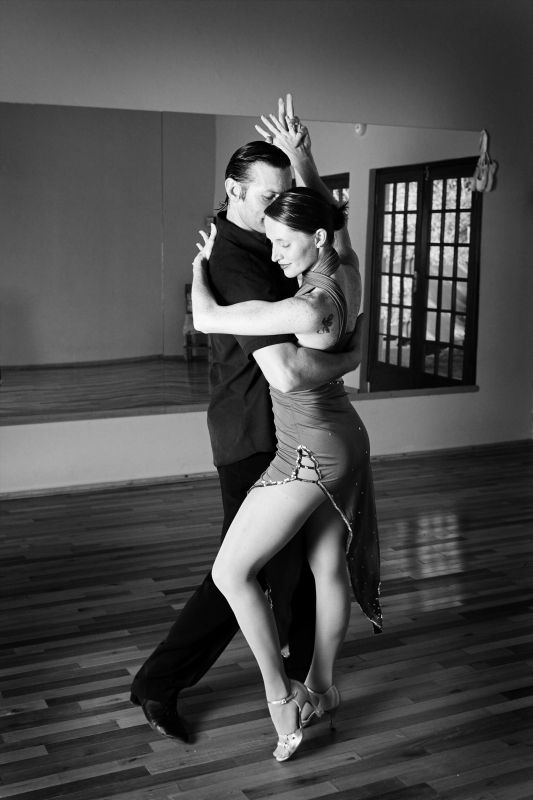 Improvisation is welcome here, through which the dancer can express himself, his feelings and emotions.
Improvisation is welcome here, through which the dancer can express himself, his feelings and emotions.
Bachata
pinterest.comThis dance comes from the Dominican Republic. He is very sensual and sometimes erotic. The basis of bachata is four steps with an emphasis on the last one. In the dance, there are rotations and throws of the partner, small lifts. nine0003
Even though bachata is a pair dance, solo combinations can also be taught. For example, if you don't have a partner yet.
In the video below - an overview of the main steps. Where to transfer body weight, how to hold hands, how to focus - everything is told in the most detailed way.
And here is a variation of bachata from the same teacher.
Below is a playlist for those who want to dance bachata together.
